DIY Home Decor: Without Spending a Lot of Money
Table of Contents
Creating a beautiful, personalized home doesn’t require a huge budget or a professional interior designer. DIY home decor projects offer an affordable and rewarding way to refresh your living space while expressing your unique style and creativity. Whether you’re a seasoned crafter or a beginner, these budget-friendly decor ideas will help you transform any room into a space you absolutely love.
The beauty of DIY home decor lies in its accessibility and flexibility. You can work at your own pace, customize projects to suit your preferences, and often achieve stunning transformations using materials you already have at home. Plus, there’s nothing quite like the joy of relaxing and enjoying something beautiful you’ve created.
Why Choose DIY Home Decor Over Store-Bought Products?
Cost-Effective Decor Solutions
Professional home decor can cost thousands of dollars, but DIY alternatives are typically 50-80% less expensive than store-bought counterparts. A custom piece of wall art that might cost $200 in stores can be recreated for less than $30 using the right materials and techniques.
Customization and Unique Style
Mass-produced decor lacks the personal touch that makes a home feel cozy. Creating your own decorative pieces ensures a unique piece that reflects your personality, interests, and lifestyle preferences.
Sustainability and Environmental Benefits
DIY projects often involve upcycling existing items or using sustainable materials, reducing waste and environmental impact. This eco-friendly approach to decor aligns perfectly with the growing environmental awareness among homeowners.
Basic Home Decor Projects for Beginners
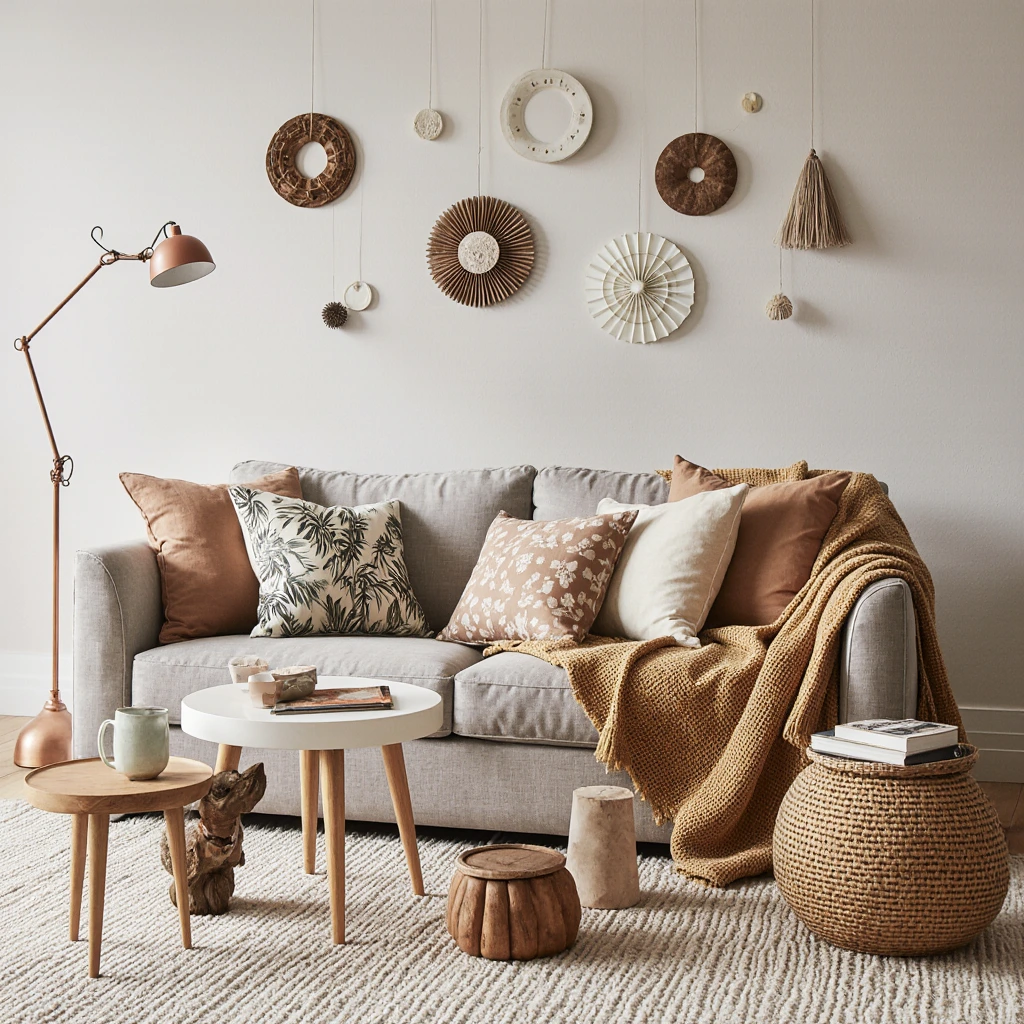
Create a Gallery Wall
Materials Needed:
- Picture Frames (available at thrift stores)
- Artwork, photos, or prints
- Tape measure and level
- Picture hanging strips or tools
Step-by-Step Instructions:
- Plan your design by arranging frames on the floor first.
- Measure and mark the wall position using painter’s tape.
- Start with the center piece and work outward.
- Maintain consistent spacing (2 to 3 inches between frames)
- Step back frequently to assess visual balance.
This project typically costs between $40 and $80 and can be completed in a single weekend, instantly transforming any blank wall into a focal point.
Decorative Pillow Covers
Transform your living room or bedroom with custom pillow covers for much less than store-bought alternatives. Materials Needed:
- Fabric (preferably cotton, linen, or burlap)
- Sewing machine or needle and thread
- Tape measure and scissors
- Materials for zipper or envelope closures
Process:
- Measure existing pillows and add a 1-inch seam allowance
- Cut fabric pieces according to the measurements
- Closure Method (zipper or envelope back)
- Sew pieces together with right sides facing out
- Turn the cover inside out and insert the pillow form
Budget: $15-25 per pillow cover (compared to a retail price of $30-60)
H3: Mason Jar Lighting Solutions
Mason jar lamps add rustic charm and ambient lighting, perfect for any room.
Supplies List:
- Mason jars (various sizes)
- Battery-powered LED string lights
- Drill bit with appropriate bit
- Decorative items (string, lace, paint)
Assembly Instructions:
- Clean the jars thoroughly and remove the labels.
- Drill holes in the lids for the wires (if using light bulbs).
- Insert the LED strings carefully to avoid tangles.
- Decorate the fronts with the chosen materials.
- Test the lights before final installation.
Cost per light: $8-15 (Retail value: $25-45)
Smart Material and Tool Sources
Budget Material Sources
Thrift stores and estate sales: Great for frames, vases, furniture, and unique decorative items. Visit regularly, as inventory changes frequently.
Dollar stores: Ideal for basic supplies like paintbrushes, small decorative pieces, and craft supplies. Quality varies, so inspect products carefully.
Online Marketplaces: Facebook Marketplace, Craigslist, and OfferUp often offer significant discounts on materials. Always be safe when meeting sellers.
Seasonal Clearance Sales: Major retailers offer 70% to 90% off seasonal items. Stock up during these sales for future projects.
Essential Investment in DIY Tools
Start with these versatile tools for multiple projects:
- Cordless Drill/Screwdriver ($40-80)
- Basic Hand Tools (screwdrivers, pliers, tape measure)
- Paint Brushes and Rollers (in various sizes)
- Hot Glue Gun with Extra Glue Sticks
- Craft Knife and Cutting Board
Creative Upcycling Ideas
Furniture Transformation Projects
Renovate an Old Dresser:
Transform your old furniture using paint, new hardware, and creative techniques like distressing or stenciling. A used $20 dresser can be transformed into a $200 quality piece of art in 4-6 hours.
Ladder Shelf Transformation:
Old wooden ladders make excellent display shelves. Simply add wooden planks between the rungs and secure them with brackets. They’re perfect for plants, books, or decorative pieces.
Repurpose Household Items
Wine Bottle Vases:
Remove the labels, wrap them with twine or paint, and create stylish clusters of vases. Group them at different heights for a decorative effect.
Old Book Planters:
Empty damaged books to create unique planters for small succulents. Seal the inside with a plastic liner to protect the pages.
Tin Can Organizers:
Cover soup cans with decorative paper or fabric to create desk organizers, kitchen storage units, or bathroom accessories.
Seasonal and Themed Home Decor Projects
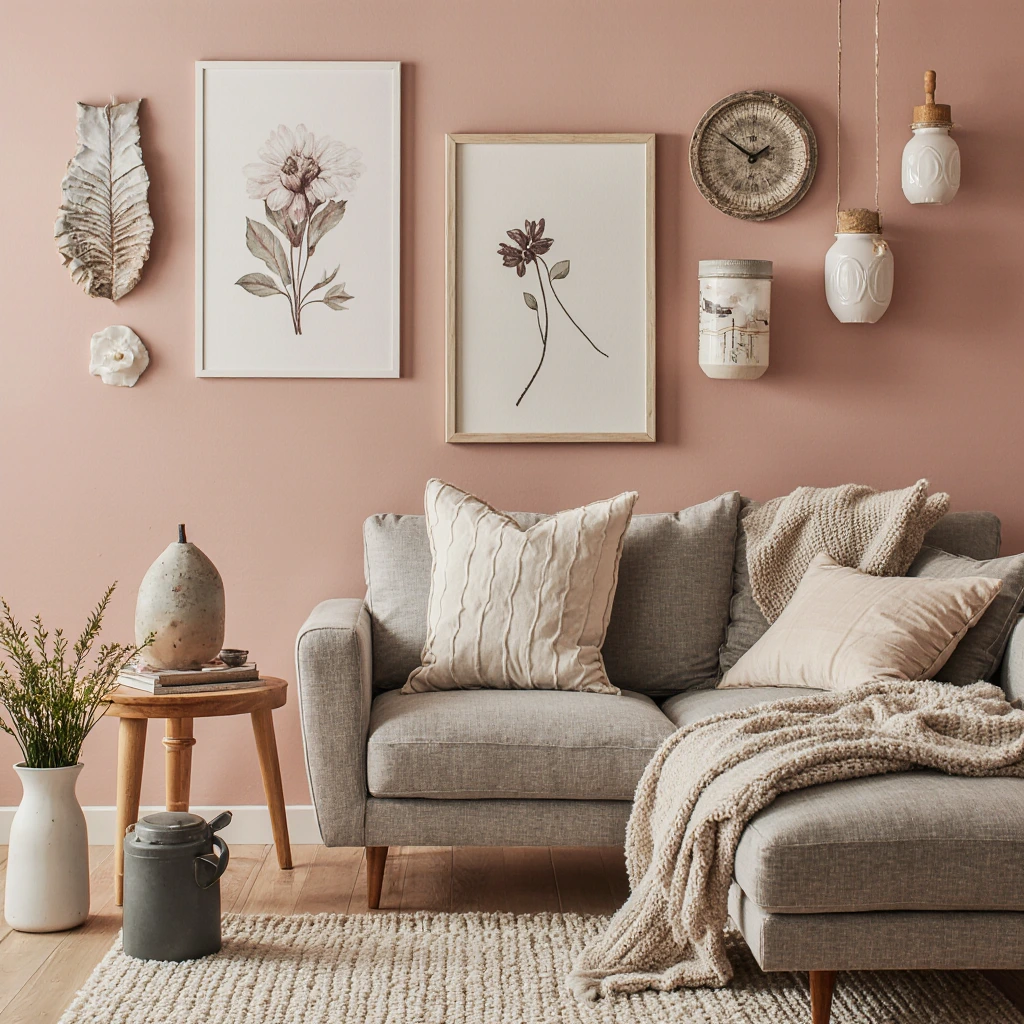
Spring and Summer Vibes
Botanical Wall Art:
Press flowers and leaves between glass frames to create natural artwork. Change them seasonally for a fresh look.
Outdoor String Light Displays:
Create enchanting outdoor spaces with thoughtful lighting. Use trees, pergolas, or specially installed poles.
Fall and Winter Decorating
Fall Leaf Wreaths:
Preserve colorful fall leaves in a glycerin solution and hang them together for fireplace mantels or entryways.
Winter Centerpiece Arrangements:
Gather pinecones, evergreen branches, and battery-powered lights in wooden boxes or metal containers.
Holiday Projects
Customizable Holiday Signs:
Make wooden signs with interchangeable seasonal elements. Your initial investment pays off with years of use.
Wreath-Making Techniques:
Master the basics of wreath-making to create personalized pieces for every season and holiday.
Common DIY Home Decor Mistakes and Their Solutions
Layout and Measurement Mistakes
Problem: Incorrect measurements lead to misalignment or mismatches.
Solution: Always measure twice and cut once. Use paper templates for complex shapes.
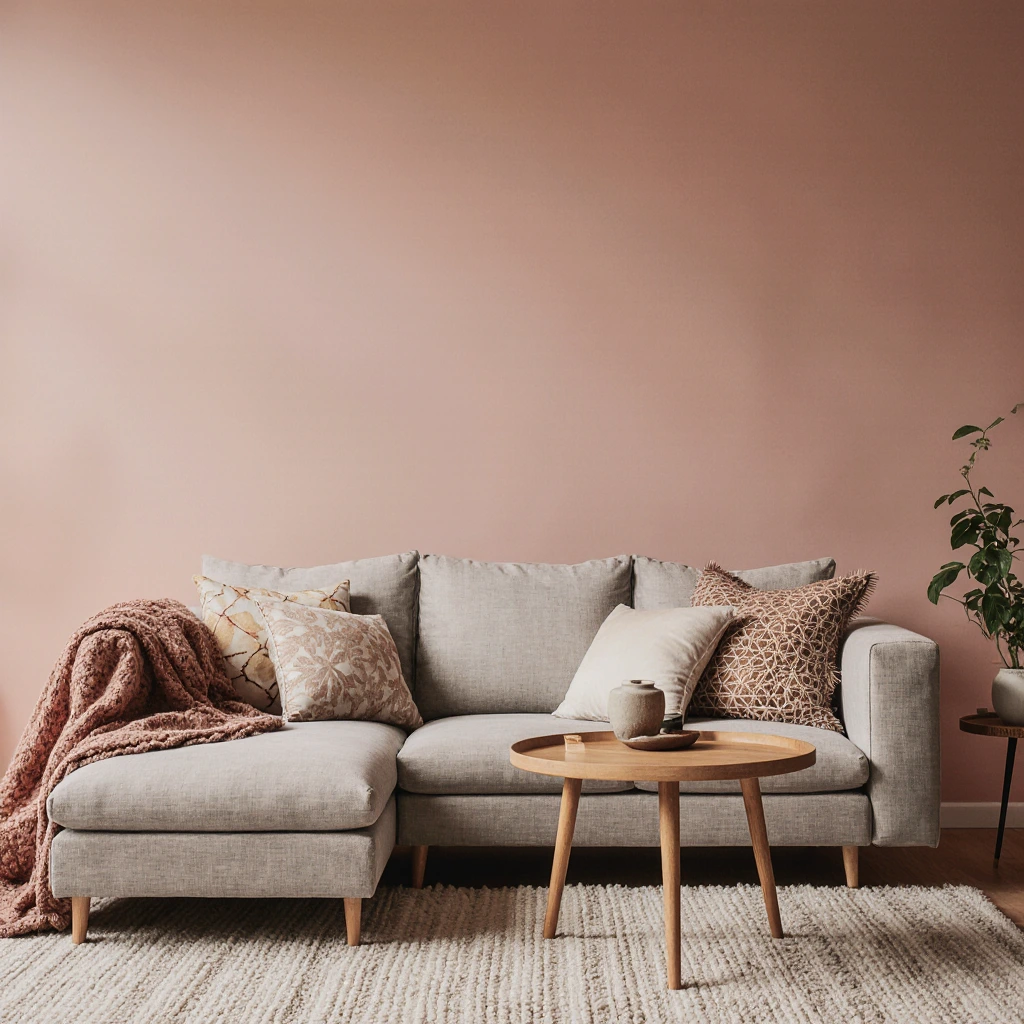
Color and Pattern Mismatches
Problem: Projects don’t coordinate with existing decor.
Solution: Create mood boards and color schemes before you begin. Take photos of your space for reference while shopping.
Quality and Durability Issues
Problem: Projects fall apart quickly or look handcrafted. Solution: Invest in high-quality materials for frequently used pieces. Practice techniques on leftover pieces before finalizing them.
Underestimating time and complexity.
Problem: Projects take much longer than expected.
Solution: Increase time by 50% over initial estimates. Break large projects into smaller phases.
Advanced handcrafting techniques for experienced craftspeople.
Industrial finishing techniques.
Master techniques like aging, antiques, and texture creation for professional results on furniture and accessories.
Multimedia projects.
Combine different materials and techniques to create unique pieces that showcase multiple skills and create striking focal points.
Seasonal storage solutions.
Create organized storage systems for seasonal decor that protect your investment and ease the transition.
Budget Planning and Project Prioritization
Setting Realistic Budgets
Allocate 60% for materials, 20% for tools (distributed across projects), and 20% for unexpected expenses or upgrades.
Return on Investment Considerations
Focus on projects that deliver the maximum visual impact. Large wall decor and lighting often yield better returns than smaller accessories.
Schedule Management
Plan your projects around your schedule and energy levels. Complex projects during peak periods often lead to frustration and poor results.
Develop Your Own Home Decor Skills
Online Learning Resources
Take advantage of free YouTube tutorials, inspiring Pinterest ideas, and online forums dedicated to DIY projects. Start with simpler projects and gradually increase complexity.
Practice Projects
Use finds from auto dealerships or scrap materials to practice new techniques before applying them to finished pieces.
Documentation and Improvement
Photograph projects at various stages to track progress and identify areas for improvement in future projects.
Conclusion: Your DIY Home Decor Journey Begins Now
Transforming your living space with DIY home decor projects offers unlimited creative possibilities while staying within your budget. From simple weekend projects like creating gallery walls to more complex furniture transformations, each project builds your skills and confidence, making your home unique.
The secret to successful home decor projects is to start small, plan carefully, and enjoy the creative process. Remember, every expert was once a beginner, and every project teaches you valuable skills for your future endeavors.
Ready to start transforming your home yourself? Share photos of your completed projects in the comments below or tag us on social media using the hashtag #DIYHomeDecorSuccess. Don’t forget to sign up for our newsletter to receive weekly DIY inspiration, exclusive project tutorials, and budget-friendly decorating tips delivered straight to your inbox!
Best Amazon Picks :
FAQs
Q: How much money can I actually save with DIY home decor projects?
A: Most DIY projects cost 50-80% less than their store-bought counterparts. For example, a custom gallery wall with $60 in materials might cost $300-400 if purchased from a home decor store. Over time, these savings add up significantly.
Q: What’s the best way to get started if I don’t have any DIY experience?
A: Start with simple projects that require basic tools, like making pillow covers or painting picture frames. Focus on mastering the basic skills before taking on more complex furniture renovation or construction projects.
Q: How can I ensure my DIY projects look professional rather than homemade?
A: Invest in high-quality materials, allow enough time for preparation (sanding, priming, and measuring), and don’t rush the process. Practice techniques on scraps first, and study professional examples for inspiration and artistic guidance.
Q: What tools should I purchase first for DIY home decor projects?
A: Start with versatile basics: a cordless drill, basic hand tools, paintbrushes, a hot glue gun, and measuring tools. Add specialized tools as needed for each project rather than purchasing everything upfront.
Q: How do I choose colors and patterns that complement my existing decor?
A: Take photos of your current space and create a color palette from existing items. Use the 60-30-10 rule: 60% dominant color, 30% secondary color, and 10% accent colors for a balanced look.
Q: What’s the biggest mistake home decor beginners make?
A: Underestimating the time requirements and attempting projects that are too complex for your current skills. Start simple, build your confidence, and gradually move on to more challenging projects as your skills develop.
Q: How can I make seasonal decor more affordable?
A: Create staple pieces that work for all seasons and add seasonal elements that are easy to swap out. Focus on natural materials like twigs, pine cones, and leaves; they’re inexpensive but have a big impact.
Q: Is it worth fixing mistakes, or should I start over?
A: Minor design errors can often be incorporated or covered up with creative solutions. Major structural problems or safety concerns should prompt a fresh start. Experience teaches us when each approach is appropriate.
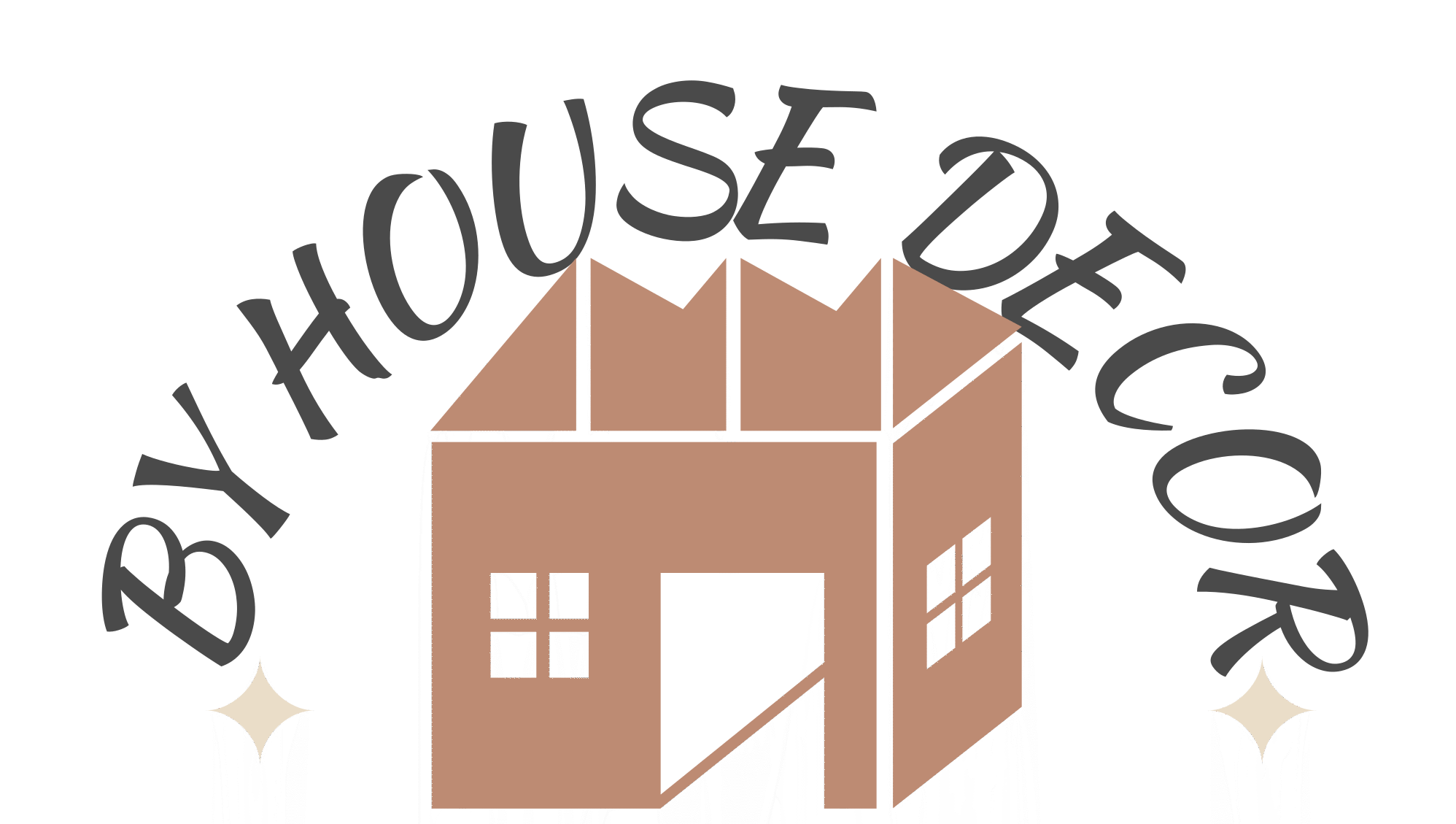
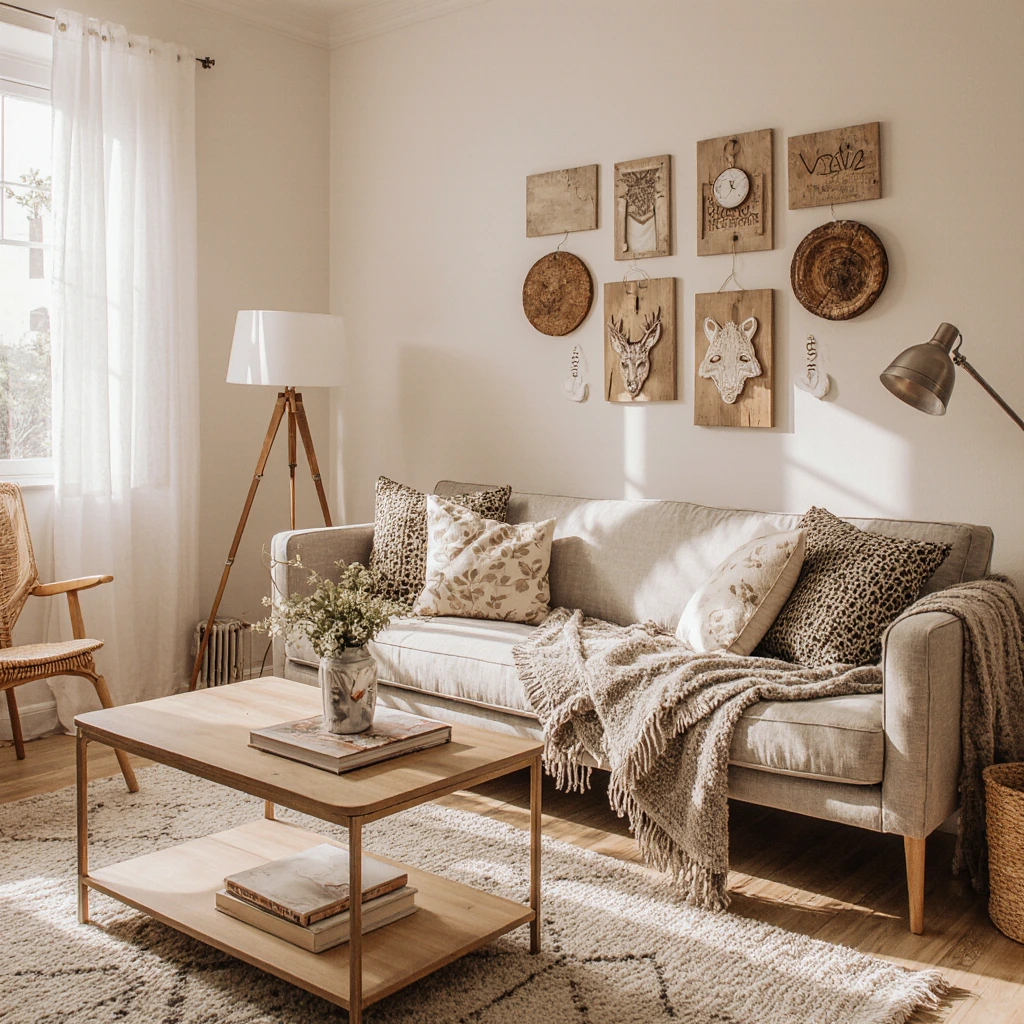
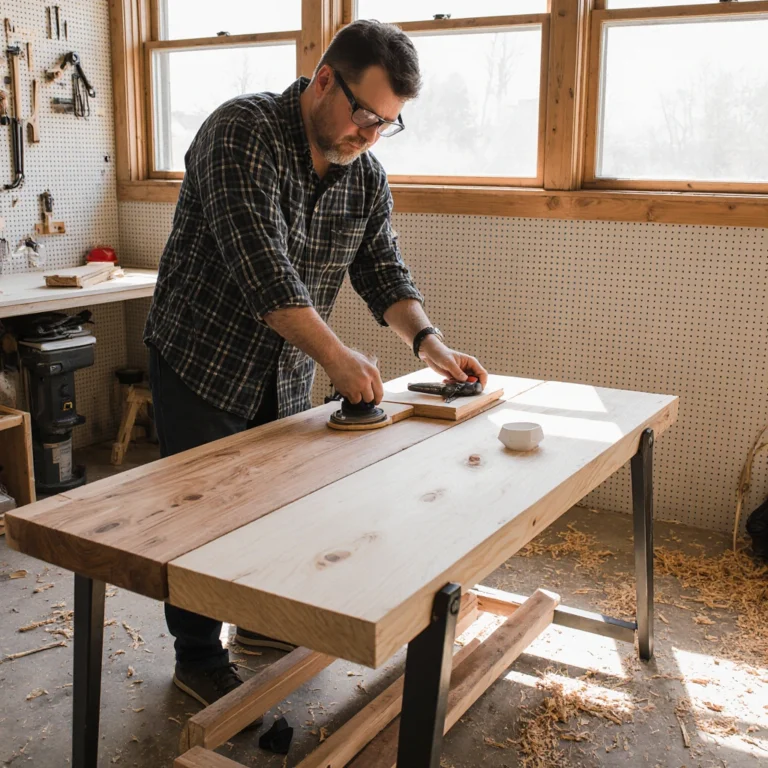

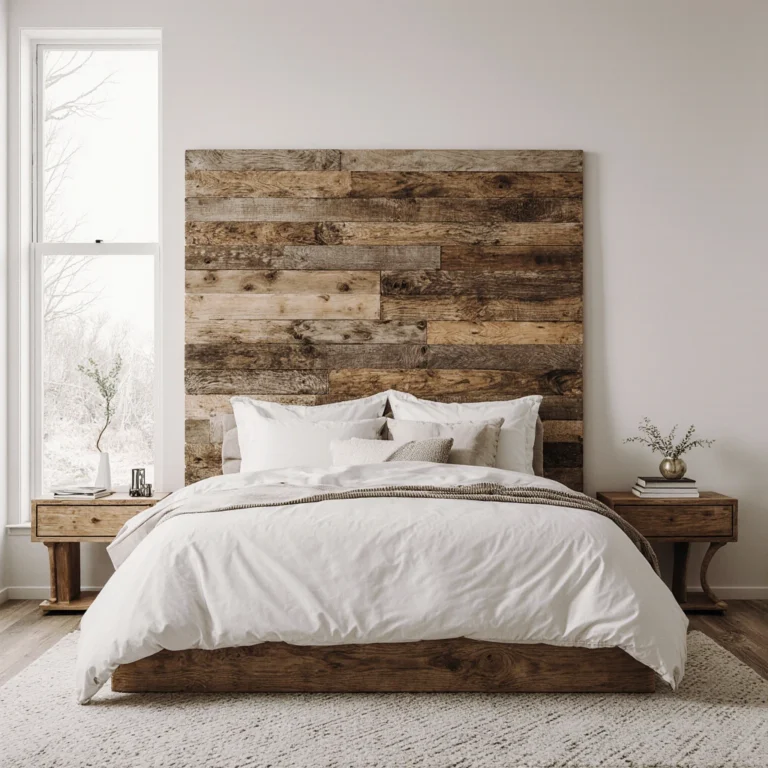
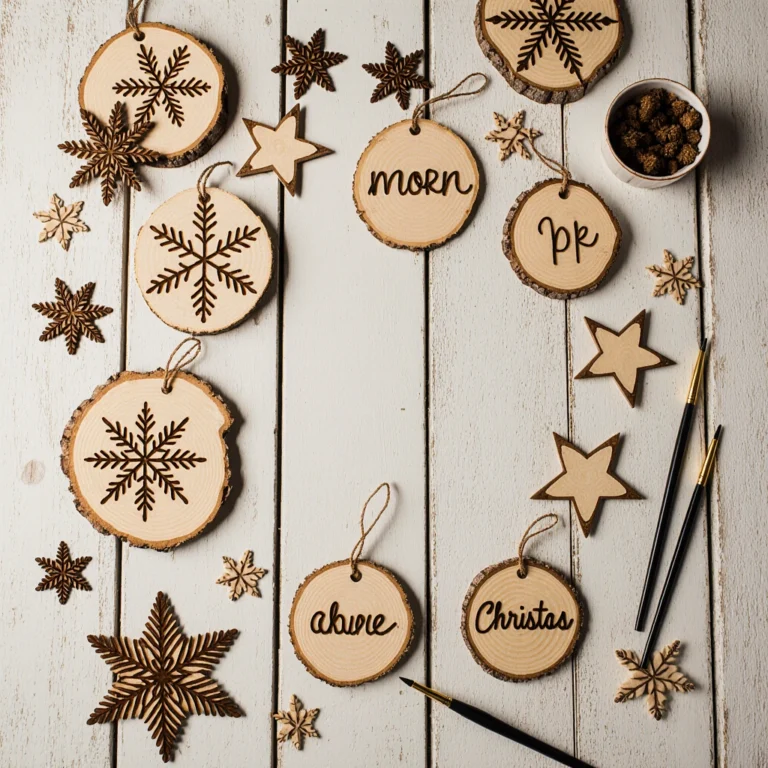
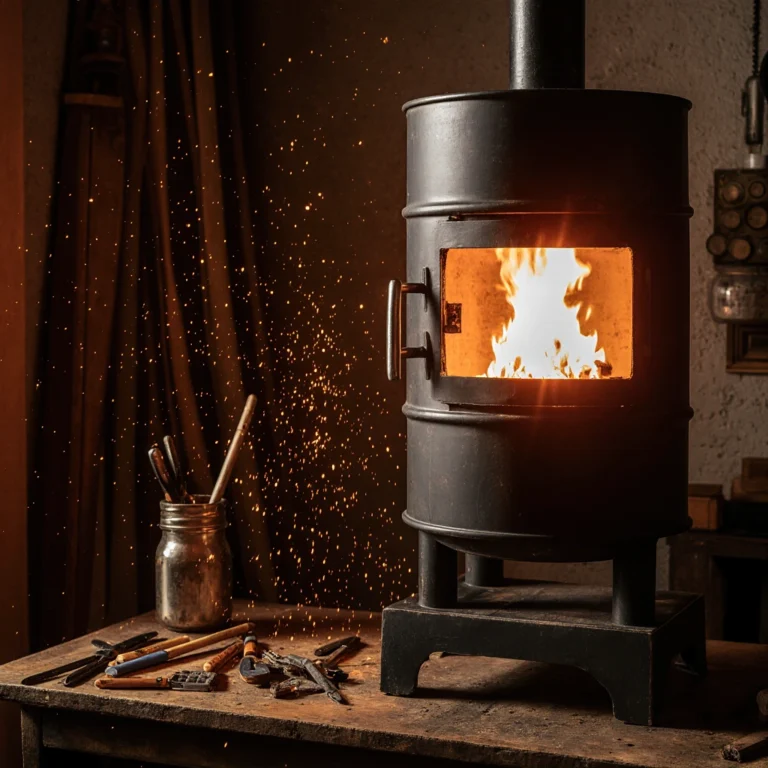
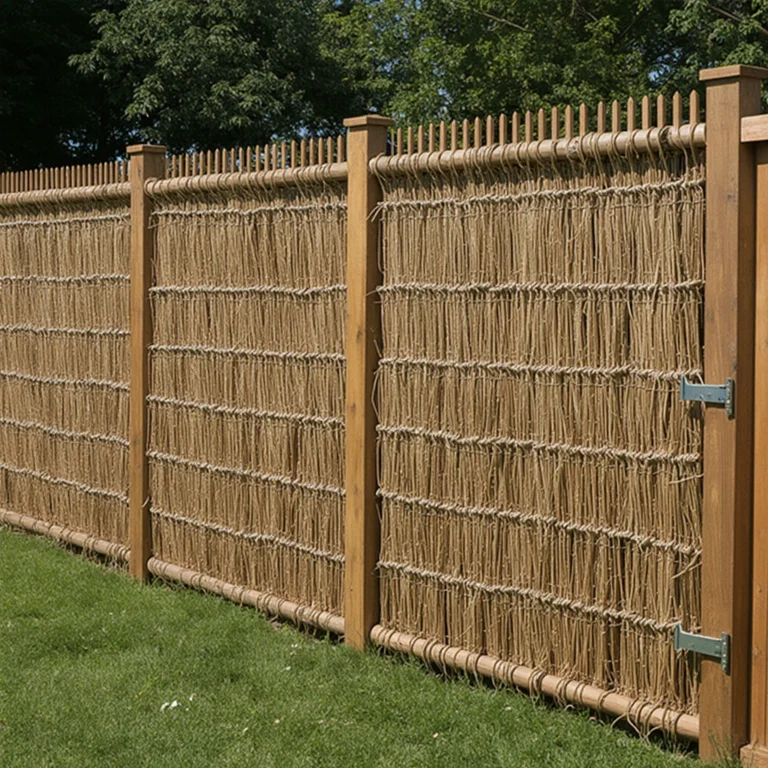
2 Comments
Comments are closed.